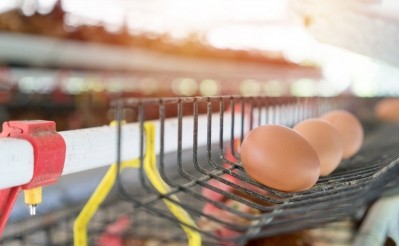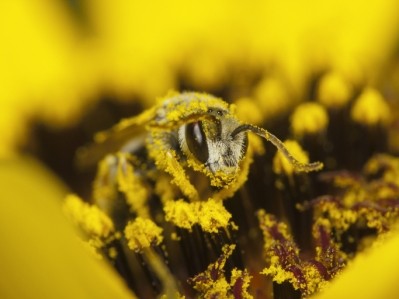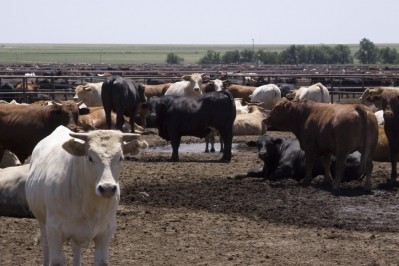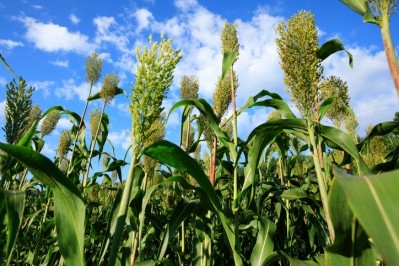Chickens should eat their greens: broccoli may improve egg yolk color
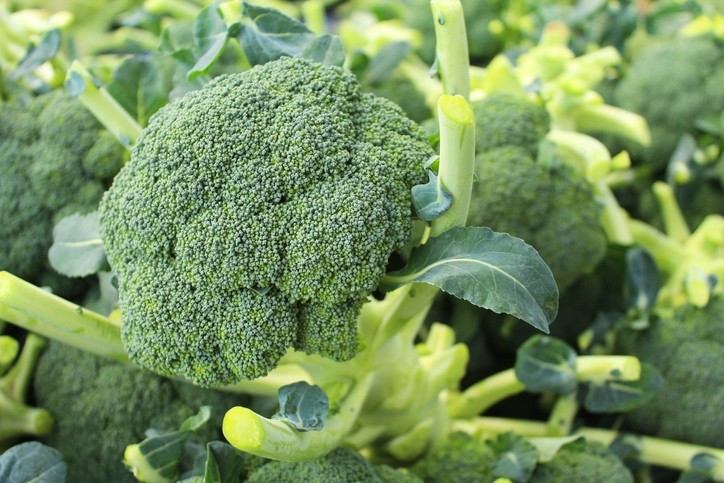
A feeding trial at the University of California, Davis sought to repurpose broccoli byproducts as a feed ingredient in layer hen diets. Details about the feeding trial were published in California Agriculture.
The project developed out of an ongoing effort to provide the antioxidant vitamin E in broiler diets to limit the deterioration of fat, said Annie King, corresponding author and professor of animal science with the University of California, Davis.
“A colleagues suggested that I investigate use of tomato pomace (skin, seeds, peels, green tomatoes, and liquor) from the production of major tomato products because the pomace, especially the seeds, is high in vitamin E,” she told FeedNavigator. “Through working with tomato pomace, I discovered a plethora of nutritious byproducts that could be fed to broilers and laying hens.”
The stems and leaves of broccoli plants are often sent to landfills following the harvest of the parts used for human consumption, the report authors said. However, the stems and leaves contain carotenoids that have been linked to “anti-allergic, anti-cancer and anti-obesity bioactivity.”
The goal of the feeding study was to add 15% of broccoli leaf and stem meal (BLSM) to poultry diets and track production to determine if a larger scale study with commercial layers and BLSM was warranted, the researchers said.
In the feeding trial, laying hens receiving a feed that included the broccoli by-product meal had similar feed intake, egg production and feed conversion to birds on a control diet, they said. However, yolk color deepened, higher levels of carotenoids were found and no harmful influence from the levels of glucosinolates in broccoli was noted.
Why broccoli by-product?
Broccoli waste products were of interest because about 90% of the vegetable grown in the US is farmed in California and it can be produced all year, said King.
Production of the additive as a meal that could be added to feeds could be scalable if methods to reduce drying and transportation costs were used, she said. The ingredient also would survive being pelleted.
Plant stems and levels can be made into a meal, which could be added to poultry diets in small amounts, the researchers said. The current harvesting process leaves about 75% of the plant as a waste product.
Broccoli contains levels of yellow, orange and red carotenoids, which are masked by chlorophyll making the plants look green, they said. Hen diets are often amended with carotenoids to deepen the yellow-orange color in the egg yolk, as a darker yolk is preferred.
Poultry producers may use lutein from marigold or alfalfa, carotenoids derived from corn and red pepper or synthetic carotenoids, which can be expensive, they said. Broccoli stems and leaves meal (BSLM) could be a no-cost byproduct.
Government agencies in the US have called for a reduction in “agricultural byproduct waste” to limit the amount being sent to landfills and lower greenhouse gas emissions, they said. Rather than sending broccoli waste to a landfill, the remaining parts of the plant could be used in poultry diets.
There also may be health benefits for consumers following use of the BSLM in poultry diets, the researchers said. Some types of carotenoids found in broccoli are among those less affected by heat and carotenoids in egg yolks may be easier to digest compared to those found in vegetable matrices.
However, BSLM potentially could only be a small part of a poultry diet because the plant also contains glucosinolates, they said. The secondary plant metabolites have been linked to depressed growth, lowered feed intake and a decline in egg production.
Past research looking at the use of BSLM in poultry diets found that amounts below the 1.62 × 10−6% of glucosinolates limit considered to negatively influence poultry production may not impede performance, they said.
Feeding trial details
In the feeding trial, laying hens were given one of two diets for a four-week period, the researchers said. A control or corn-soy-based diet or that diet with 15% BSLM.
Hens had a four-day adaption period to the diets, they said. Total carotenoid levels in the diets also were established.
Hens were weighed weekly, eggs were collected daily and the egg weight, albumen height, Haugh unit, eggshell thickness and yolk color were recorded, they said. Haugh unit is a measure of egg quality.
Results and going forward
Eggs from hens receiving the supplemented diets had higher levels of carotenoids, the researchers said. The eggs had about 2.6 times the amount of carotenoids compared to those from control group birds.
Bird feed intake and weight gain were similar regardless of diet, they said. Egg production, albumen height, Haugh units, shell thickness and egg weight also were similar for birds on both diets.
However, the full implications of the initial feeding project for producers require more work to track the carotenoids and glucosinolates in the eggs following heating, said King. The value for human nutrition is not fully known.
Additional work also is need to explore the use of the potential feed additive for a longer period, she said. The “effect of glucosinolates on organ tissue of broilers and laying hens” also needs to be examined.
Other research questions remaining include examining additional levels of BSLM inclusion, establishing specific carotenoid levels in the egg yolks, finding the upper limit of carotenoid levels and tracking the effects of glucosinolates, the researchers added.
Source: California Agriculture
Title: Broccoli meal fed to laying hens increases nutrients in eggs and deepens the yolk color
Authors: Pedroza G, Famula T, King A
DOI: doi.org/10.3733/ca.2018a0024
